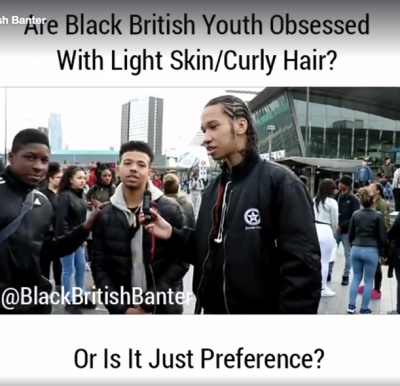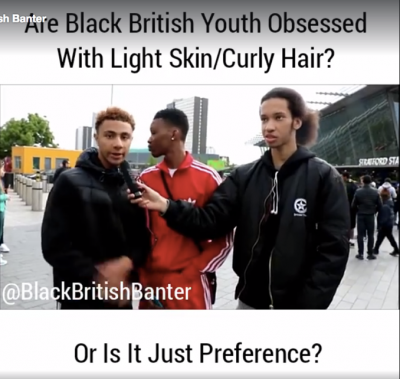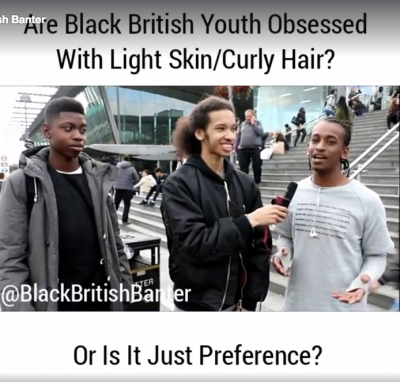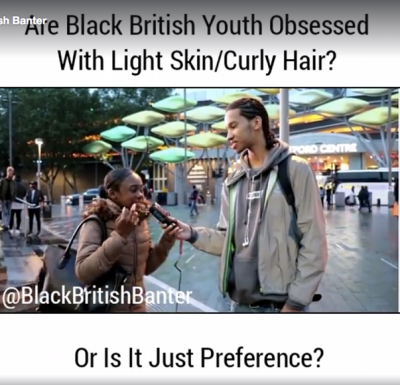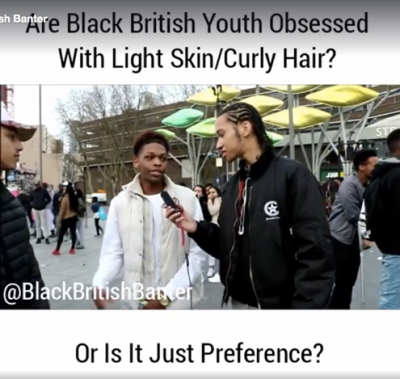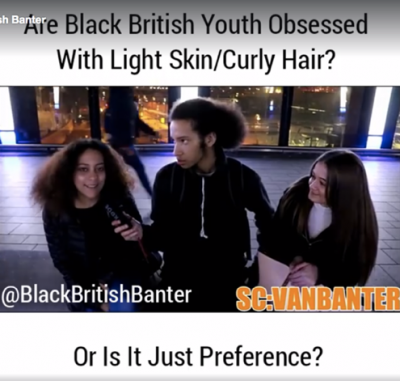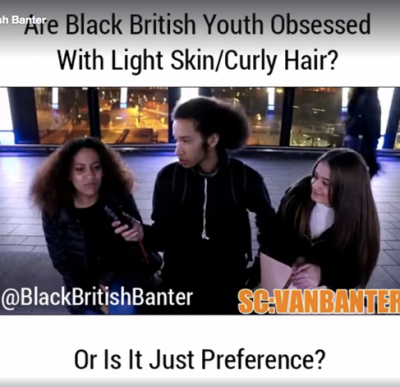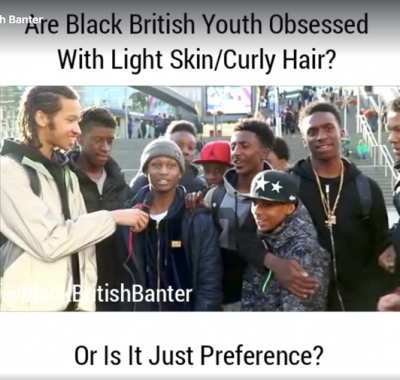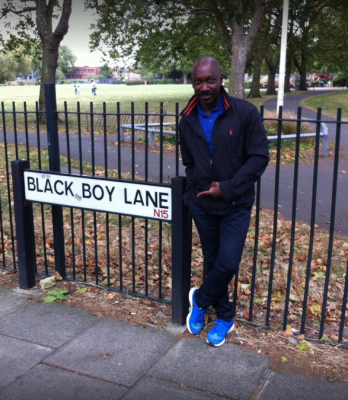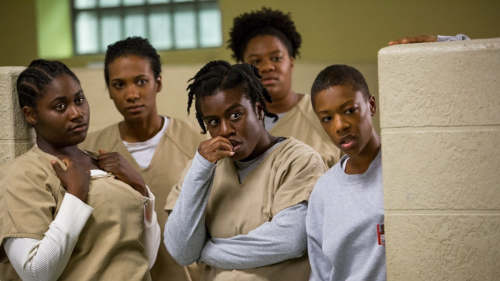If I were to ask you a question, and neither of us knew the answer, what would you do? You’d Google it, right? Me too. After you figure out the right wording and hit the search button, at what point would you be satisfied enough with Google’s answer to say that you’ve gained new knowledge? Judging from the current socio-technical circumstances, I’d be hard-pressed to say that many of us would make it past the featured snippet, let alone the first page of results.
The internet—along with the complementary technologies we’ve developed to increase its accessibility—enriches our lives by affording us access to the largest information repository ever conceived. Despite physical barriers, we can share, explore, and store facts, opinions, theories, and philosophies alike. As such, this vast repository contains many answers to many questions derived from many distinct perspectives. These socio-technical circumstances are undeniably promising for the distribution and development of knowledge. However, in 2008, tech-critic Nicholas Carr posed a counter argument about the internet and its impact on our cognitive abilities by asking readers a simple question: is Google making us stupid? In his controversial article published by The Atlantic, Carr blames the internet for our diminishing ability to form “rich mental connections,” and supposes that technology and the internet are instruments of intentional distraction. While I agree with Carr’s sentiment that the way we think has changed, I don’t agree that the fault falls on the internet. I believe we expect too much of Google and less of ourselves; therefore, the fault (if there is fault) is largely our own.
Here’s why: Carr’s argument hinges on the idea that technology definitively determines our society’s structural and cultural values—a theory known as technological determinism. However, he fails to recognize the theory of affordance in this argument. Affordances refer to the way in which the features of a technology interact with agentic users and diverse circumstances. While the technical and material elements of technology do have shaping effects, they are far from determined. Affordance theory suggests that the technologies we use and the internet infrastructures from which they draw, contain multipotentiality: they afford the potential to indulge in curiosity and develop robust knowledge while simultaneously affording the potential to relinquish curiosity and develop complacency through the comforts of convenience and self-confirmation.
Considering the initial sentiment of Carr’s argument (the way we think has changed) together with affordance theory, we can derive two critical questions: have we embraced complacency and become too comfortable with the internet’s knowledge production capabilities? If so, by choosing to rest on our laurels and exploit this affordance, what happens to epistemic curiosity?
There’s a lot to unpack, but in order to address these questions, we need to examine the potential socio-technical circumstances that could lead us down a path of declining epistemic curiosity, starting with the binary ideas of convenience and complacency.
Complacency is characterized by the feeling of being satisfied with how things are and not wanting to try to make them better. Clearly, in terms of making life more efficient, we are nowhere near complacent, as we constantly strive to streamline our lives through innovation—from fire to the invention of (arguably) our greatest creation to date and the basis for our modernity: information and communication technology. This technology affords us the ability to live more convenient, effortless lives by providing access to the world’s knowledge with the tap of a finger and the ability to do more in a few moments than previous generations could do in hours.
For instance, education has become much more convenient. Thanks to the internet, you can take advantage of distance learning programs and earn a degree on your own terms, without physically attending class. The workforce has also become more flexible, as technology allows us to maximize time and stay on top of our work through complete mobility, and in some cases, complete task automation. Economically, the internet allows us to sell and consume goods and services without the physical limitations of brick and mortar. It also allows us to communicate with friends, family, and strangers over long distances, document our lives, access current events with ease, and answer a question within moments of it popping into our heads.
These conveniences must make life better, right?
Think of these conveniences like your bed on a cold morning: warm and comfortable, convincing you to hit snooze and stay a while longer. This warmth and comfort can be a source of sustenance and strength; however, if we stay too long, comfort can get the best of us. We might become lazy, hesitating to diverge from the path of least resistance.
Just as it is inadvisable to regularly snooze until noon, it is concerning when information and knowledge are accessed too easily, too quickly. With the increased accessibility and speed of information, it’s easy to become desensitized to curiosity—the very intuition that is responsible for our technological progress—in the same way that you are desensitized to your breathing pattern or heartbeat. By following the path of least resistance, we can create a dynamic in which we perceive the internet as a mere convenience instead of a tool to stimulate our thoughts about the world around us. This convenience dynamic allows us to settle into a state of complacency in which we are certain that everything we think and believe can be justified through a quick Google search—because, in fact, it can be. That feeling of certainty and comfort that stems from this technical ability to self-confirm is, what I call, informed complacency.
The idea of informed complacency is especially fraught because it signifies a turning point in our perception of contemporary knowledge. Ultimately, it can encourage us to develop an underlying sense of omniscient modernity, which Adam Kirch discusses in his article for The New Yorker, “Are We Really So Modern?”:
“Modernity cannot be identified with any particular technological or social breakthrough. Rather, it is a subjective condition, a feeling or an intuition that we are in some profound sense different from the people who lived before us. Modern life, which we tend to think of as an accelerating series of gains in knowledge, wealth, and power over nature, is predicated on a loss: the loss of contact with the past.”
In the past, nothing was certain. The information our ancestors had on the world and universe was constantly being overturned and molded into something else entirely. Renowned thinkers from across the ages built and destroyed theories like they were children with LEGO bricks—especially during the Golden Age of Athens (fourth and fifth centuries B.C.) and the Enlightenment (seventeenth and eighteenth centuries A.D.). Each time they thought they had it figured out, the world as they knew it came crashing down with a new discovery:
“The discovery of America destroyed established geography, the Reformation destroyed the established Church, and astronomy destroyed the established cosmos. Everything that educated people believed about reality turned out to be an error or, worse, a lie. It’s impossible to imagine what, if anything, could produce a comparable effect on us today”
Today, we still face uncertainty, albeit a different kind. With the glut of empirical evidence on the internet, multiple versions of objective reality flourish even as they conflict. These multiple truths create a dynamic information environment that makes it difficult to differentiate between fact, theory, and fiction, increasing the likelihood that whatever one thinks is true can easily be confirmed as such. With this sentiment in mind, by following the path of least resistance and developing a sense of informed complacency, we risk developing a sense of omniscient modernity and over-comprehending our ability to know, because we are certain that we know—or can know—everything, past, present, and future, with the click of a button or the tap of a finger.
Though a dynamic information environment has clear benefits for epistemic curiosity—better science, more informed debates, an engaged citizenry—the tilt of the affordance scale towards complacency always remains a lingering possibility. If we begin to lean in this direction, I contend that informed complacency is likely to take hold and lead us to ignorance and insularity amid a saturated information environment. This can create cognitive traps that, in the worst instance, diminish epistemic curiosity.
One of these traps is called the immediate gratification bias, which Tim Urban of Wait But Why, has playfully dubbed the “Instant Gratification Monkey”. He describes this predisposition as “thinking only about the present, ignoring lessons from the past and disregarding the future altogether, and concerning yourself entirely with maximizing the ease and pleasure of the current moment.” As a result of this predisposition, there is an increasing demand for instant services like Uber, Amazon Prime, Netflix, and Tinder, which testifies that the notions of ease and instancy have infiltrated our thought-process, compelling us to apply them to every other aspect of our lives. The increase in the speed at which we consume information has molded us to rely on and expect instant results for everything. Consequently, we are likely to base our information decisions on this principle and choose not to dig past surface-level.
Another trap is found in gluttonous information habits—devouring as much of it as we can, as quickly as possible, solely for the sake of hoarding what we consider to be knowledge. In all our modernity, it seems that we misguidedly assume that consuming information at a faster pace is beneficial to the development of knowledge, when in fact, too much information (information overload) can have overwhelming, negative effects, such as the inability to make the “rich mental connections” Carr describes in his article. This trap is amplified by pressures to stay “in the know” as well as the market of apps and services that capitalize on a pervasive fear of missing out, transforming the pursuit of knowledge from an act of personal curiosity to a social requirement.
The complex algorithms deployed by search engine and social media conglomerates to manage our vast aggregates of information curate content in ways users are likely to experience not only as useful, but pleasurable. These algorithmic curations are purposefully designed to keep information platforms sticky; to keep users engaged, and ultimately sell data and attention. These are the conditions under which another cognitive trap arises: the filter bubble. By personally analyzing each individual user’s interests, the algorithms place them in a filtered environment in which only agreeable information makes its way to the top of their screens. Therefore, we are constantly able to confirm our own personal ideologies, rendering any news that disagrees with one’s established viewpoints as “fake news.” In this context, it’s easy to believe everything we read on the internet, even if it’s not true. This makes it difficult to accurately assess the truthfulness and credibility of news sources online, as truth value seems to be measured by virality rather than veracity.
Ultimately, with his argument grounded in technological determinism, Carr overlooks the perspective that technology cannot define its own purpose. As its creators and users, we negotiate how technology integrates into our lives. The affordances of digital knowledge repositories create the capacity for unprecedented curiosity and the advancement of human thought. However, they also enable us to be complacent, misinformed, and superficially satisfied; that is to say, an abundance of easily accessed information does not always mean persistent curiosity and improved knowledge. To preserve epistemic curiosity and avoid informed complacency, we should keep reminding ourselves of this and practice conscious information consumption habits. This means recognizing how algorithms filter content; seeking diverse perspectives and content sources; questioning, critiquing, and evaluating news and information; and perhaps most importantly, always do your best to venture past the first page of Google search results. Who knows, you might find something that challenges everything you believe.
Clayton d’Arnault is the Editor of The Disconnect, a new digital magazine that forces you to disconnect from the internet. He is also the Founding Editor of Digital Culturist. Find him on Twitter @cjdarnault.
Headline pic via: Source









